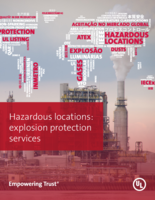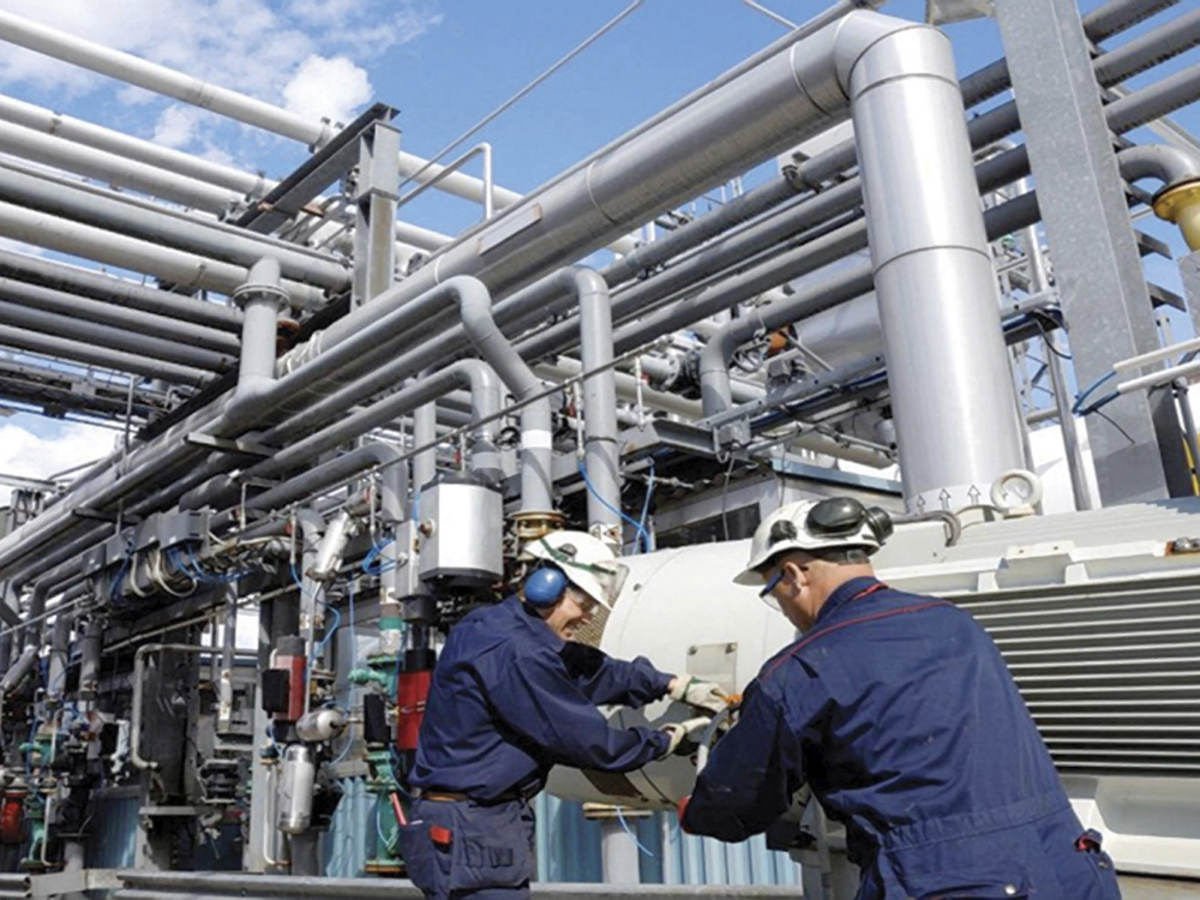
Hazardous Locations Explosion Protection Services
Gain a better understanding of the definition of a hazardous location and area classification as well as the UL and C-UL Certification for North America.

As the global safety science leader, our safety offerings and expertise are unparalleled. The UL brand is highly recognized in North America and accepted by certifiers, installers and regulators in local, regional or international markets. Leverage our global brand acceptance and trust to add value to your innovations.
You can benefit with faster time to a global marketplace with the UL certification process, not only do we understand the requirements – we helped develop them. In fact, we participate in over 50 Standards writing committees, such as: TC31 (IECEx), UL STP (North America), NFPA, API, BSEE and CFR committees.
UL and C-UL Certification services for HazLoc include:
Ordinary Location/Safe Area Requirements – Certification for risks associated with shock, fire and personal injury.
Hazardous Location/Explosion Protection Requirements – Certification based on area classification and explosion protection methods for either Division or Zone installations. A Hazardous Locations Certified product must comply with both ordinary location and hazardous locations requirements in accordance with U.S. UL and American National Standards Institute (ANSI) and CAN Standards.
In accordance with the Occupational Safety and Health Administration (OSHA) and Standards Council of Canada (SCC) regulations, four production inspections per year at a minimum.
Location where explosion or fire hazards exist due to the presence of flammable gases, flammable or combustible liquid-produced vapors, combustible dusts, or ignitable fibers or flyings.
Area Classification – Hazardous Locations are classified by the likelihood of an ignitable concentration of combustible material being present. There are two systems in place, including the traditional North American Division system as well as the alternative Zone system. See below for further details:


A location in which easily ignitable fibers or materials producing combustible flyings are handled, manufactured or used.
A location in which easily ignitable fibers are stored or handled other than in the process of manufacture.
Level of protection assigned to equipment based on its likelihood of becoming a source of ignition and distinguishing the differences between explosive gas atmospheres, explosive dust atmospheres and the explosive atmospheres in mines susceptible to fire damp.
Thanks for your interest in UL's products and services. Let's collect some information so we can connect you with the right person.